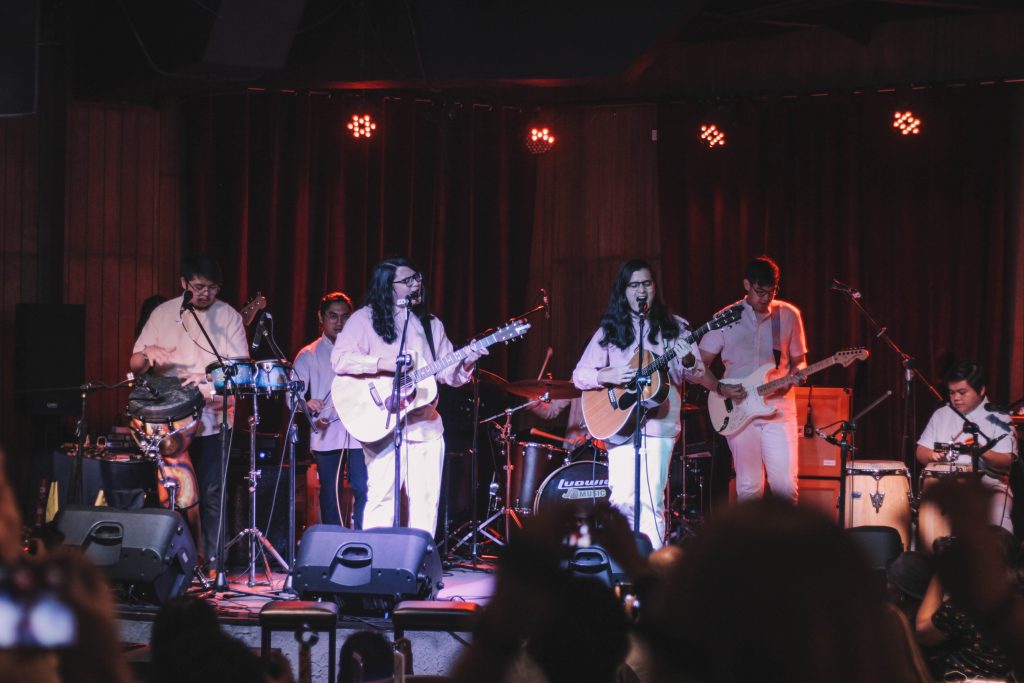
Music of the Philippines
Music of the Philippines are performance arts composed in various genre and styles. The music of the Philippines is a mixture of indigenous, other Asian, European, Latin American, and American influences.
INDIGENOUS MUSIC
1. Harana and Kundiman
The Harana and Kundiman are lyrical songs popular in the Philippine Islands dating back to the Spanish period. Harana are traditional courtship songs in the Mexican-Spanish tradition based on the habanera rhythm while the Kundiman, which has pre-colonial origins from the Tagalog region, uses triple meter rhythm. Kundiman is also characterized by a minor key at the beginning and shifts to a major key in the second half. Its lyrics depict a romantic theme, usually portraying love, passion, or sadness.
In the 1920s Harana and Kundiman became more mainstream musical styles led by performers such as Atang de la Rama, Jovita Fuentes, Conching Rosal, Sylvia La Torre and Ruben Tagalog.
The traditional harana has been kept alive by companies such as HARANA.PH, which is the only professional serenade and surprise service in the Philippines.
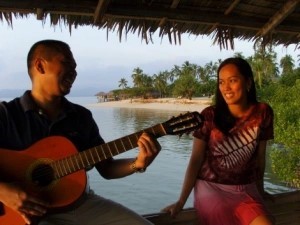
2. Rondalla
The Rondalla is performed on ensembles comprising mandolin instruments of various sizes called banduria composed on the Iberian tradition. Other instruments including guitars, is also performed.

Philippine Choral Music
In the forefront of choral music in the Philippines, the Philippine Madrigal Singers has from its ranks produced more than 200 choral arrangers and composers who have contributed to the wealth of Philippines choral literature. They are the first and only two-time champions in the European Grand Prix for Choral Singing (1997, and 2007), widely considered the most prestigious choral competition in the world.
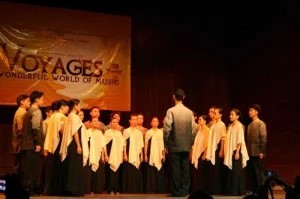
OPM (Original Pilipino (or Filipino Music)
Original Pilipino Music, now more commonly termed Original Pinoy Music or Original Philippine Music or OPM for short, originally referred only to Philippine pop songs, particularly ballads, such as those popular after the collapse of its predecessor, the Manila Sound, in the late 1970s, up until the present, and performed by major commercial Philippine pop music artists like APO Hiking Society, Sharon Cuneta, Rico Puno, Ryan Cayabyab, Basil Valdez, Eraserheads, Freddie Aguilar, Rey Valera, José Mari Chan, Rivermaya, True Faith, The Teeth and Freddie Aguilar, among many others.
OPM pop has also been regularly showcased in the live band scene. Groups such as the Neocolours, Side A, True Faith, Passage, 3rd Avenue and Freestyle popularized songs that clearly reflect the sentimental character of OPM pop.
More recently and with the emergence of many diverse, alternative musical styles in the Philippines, the term OPM now refers to any type of music produced in the Philippines or composed by individuals of Filipino descent, regardless of location. The lyrics may be in any Philippine languages or dialect. However, certain exceptions exist, in which foreign songs by foreign composers created specifically to be performed by Filipino singers are considered OPM as well.
From its inception, OPM has been centered in Manila, where Tagalog, and English are the dominant languages. Other ethnolinguistic groups such as the Visayan, Bikol, and Kapampangan, despite making music in their native languages have not been recognized as OPM, except in unusual cases like the Bisrock (Visayan Rock music) song “Charing” by Davao band 1017.
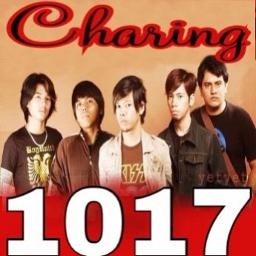
Multiculturalism advocates, and federalists often associate this discrepancy to the Tagalog-centric cultural hegemony of the capital city of Manila.
Rock
The United States occupied the Islands in 1898 until 1946, and introduced American blues folk music, R&B, and rock and roll became popular. In the late 1950s, native performers adapted Tagalog lyrics for North American rock n’roll music, resulting in the seminal origins of Philippine rock. The most notable achievement in Philippine rock of the 1960s was the hit song “Killer Joe,” which propelled the group “Rocky Fellers” which reached number 16 on the American radio charts.

Up until the 1970s, popular rock musicians began writing and producing in English. In the early 1970s, rock music began to be written using local languages, with bands like the Juan Dela Cruz Band being among the first popular bands to do so. Mixing Tagalog, and English lyrics were also popularly used within the same song, in songs like “Ang Miss Universe Ng Buhay Ko,” by the band Hotdogs which helped innovate the Manila sound.

The mixing of the two languages (known as “Taglish”), while common in casual speech in the Philippines, was seen as a bold move, but the success of Taglish in popular songs, including Sharon Cuneta’s first hit, “Mr DJ,” broke the barrier forevermore.

Philippine rock musicians added folk music, and other influences, helping to lead to the 1978 breakthrough success of Freddie Aguilar. Aguilar’s “Anak” (Child), his debut recording, is the most commercially successful Filipino recording, and was popular throughout Asia, and Europe, and has been translated into numerous language by singers worldwide.
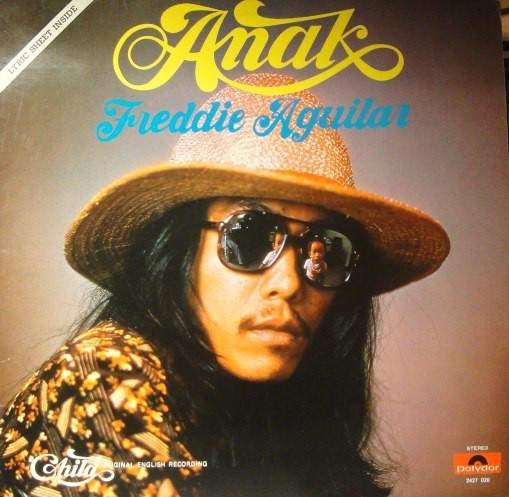
Asin also broke into the music scene at the same period, and were popular.
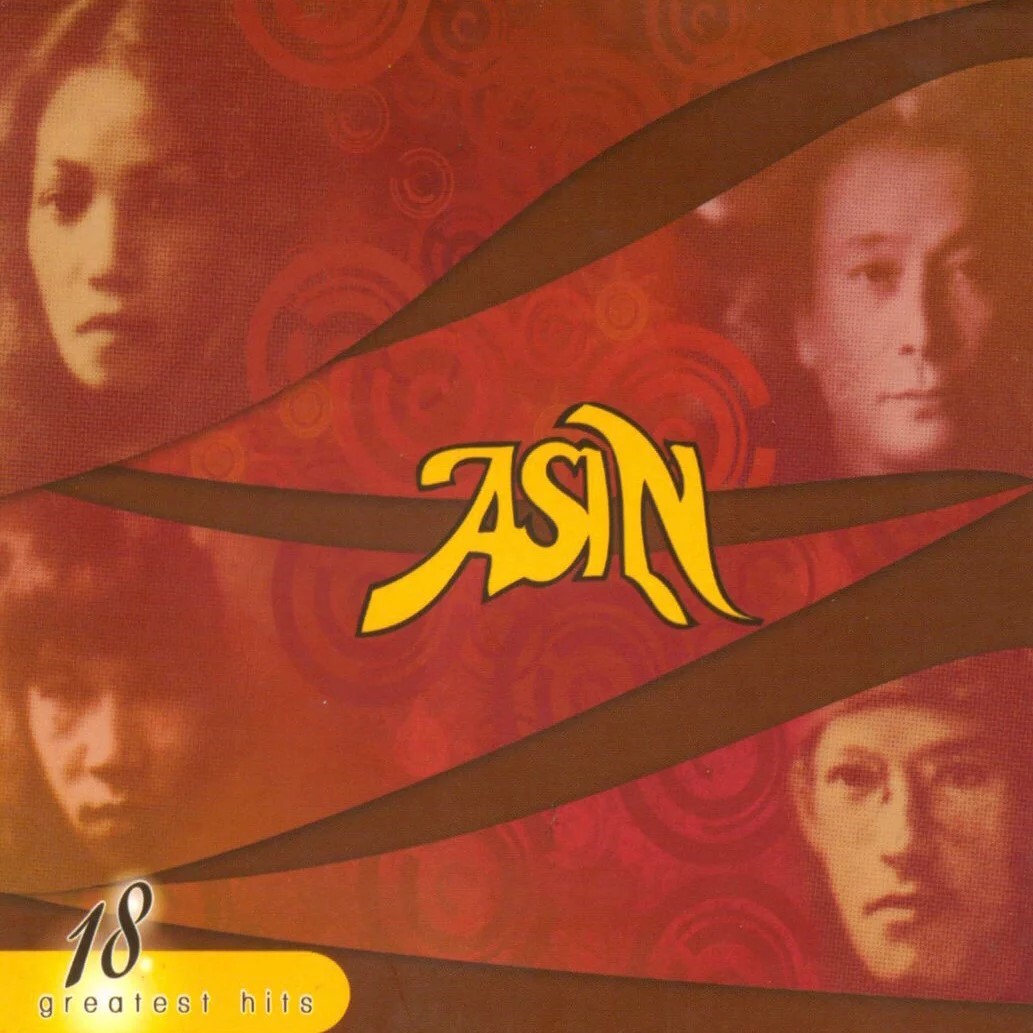
Folk-rock became the Philippine protest music of the 1980s, and Aguilar’s “Bayan Ko” (My Country) became popular as an anthem during the 1986 EDSA Revolution.
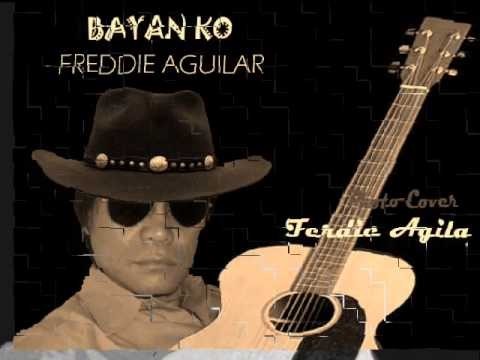
At the same time, a counterculture rejected the rise of politically focused lyrics. In Manila, a punk rock scene developed, led by bands like Betrayed, The Jerks, Urban Bandits, and Contras. The influence of New Wave was also felt during these years, spearheaded by The Dawn.
The 1990s saw the emergence of a superstar pop-rock group, the Eraserheads, considered by many Philippine nationals as the number one group in the Philippine recording scene. In the wake of their success was the emergence of a string of influential Filipino rock bands such as Yano, Siakol, Parokya ni Edgar, and Rivermaya, each of which mixes the influence of a variety of rock subgenres into their style.
Hip-hop
Filipino hip-hop is hip hop music performed by musicians of Filipino descent, both in the Philippines, and overseas, especially by Filipino-Americans. This article focuses first on Filipino hip-hop in the Philippines, and secondly on that in the USA. The Philippines is known to have had the first hip-hop music scene in Asia since the early 1980s, largely due to the country’s historical connections with the United States where hip-hop was originated. Rap music released in the Philippines has appeared in different languages such as Tagalog, Chavacano, Cebuano, Ilocano and English. In the Philippines, Francis M and Andrew E. are cited as the most influential rappers in the country, being the first to release mainstream rap albums. In the USA, Apl.de.ap of The Black Eyed Peas, Cassie Ventura and Chad Hugo of The Neptunes and N.E.R.D are cited as the most successful Filipino-Americans in the music industry
Music videos
From the 1990s to the present, the quality, and diversity of Philippine music video has greatly improved. Notable directors such as Raymond Red, Robert Quebral, Cholo Laurel, Louie Ignacio, Avid Liongoren, Marie Jamora, J. Pacena, and Pancho Esguerra have made excellent videos for both mainstream, and alternative artists. These directors have brought production values, and techniques up to an international level for the first time, and have been widely employed by the major labels.
Fans consume music videos from a variety of outlets. The main television outlets for music videos in the Philippines are the music-centered networks MTV Philippines, Channel V Philippines, and MYX.
Reference:
https://kasaysayanngpilipinas.wordpress.com/music/